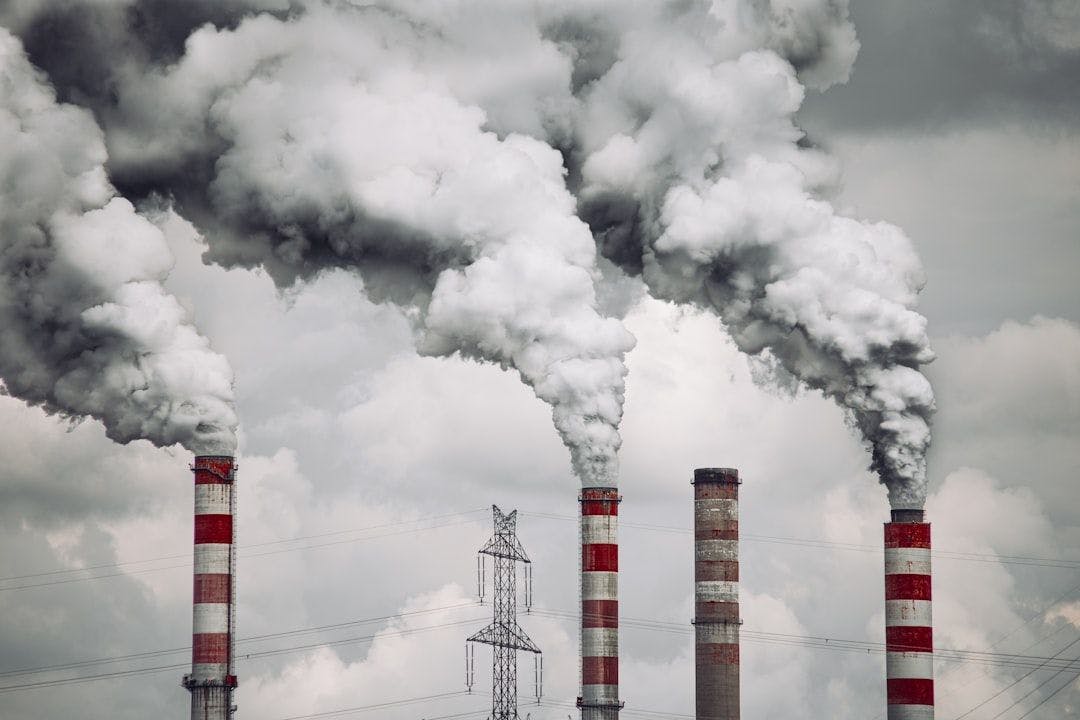It began like any other Monday—groggy eyes, a half-finished cup of coffee, and the oppressive heat pressing in before 9:00 a.m. The sky wore a sickly gray hue, the air felt stifling, and my weather app flashed yet another “High Pollution Alert.”
By noon, a persistent headache had set in. I couldn’t decide which was more exhausting—the back-to-back meetings or the air itself. A colleague muttered, “This air is killing me,” and suddenly, the words struck differently. Were we really being choked by our own doing?
That evening, I dove deep into the rabbit hole of carbon footprints—flights, burgers, deliveries, even emails. The data was staggering. But beyond the shock of the problem, I became fixated on the solution: What are we doing to change this?
That’s when I discovered four transformative technologies—tools not only raising awareness but empowering individuals and organizations to take real, measurable action:
- AI-Driven Carbon Accounting – Turning Emissions into Actionable Data
Artificial Intelligence platforms like Persefoni and Sweep are redefining how we calculate emissions. By integrating with existing systems—financial records, logistics networks, procurement tools—they trace carbon outputs in real time with precision and transparency.
No estimates. Just data-backed insights. And it’s no longer just about enterprises—consumers are using similar tools, akin to environmental Fitbits, to track daily emissions from meals, commutes, and purchases.
- Blockchain for Carbon Credits – Trust in a Decentralized Ledger
Until recently, I associated blockchain with cryptocurrencies and internet memes. But its utility has grown far beyond speculation. Platforms like KlimaDAO and Toucan Protocol are leveraging blockchain to bring credibility and traceability to the carbon offset market.
Every tree planted, every ton of carbon captured can be verified, quantified, and immutably recorded. It’s about transparency in a system that has long been marred by greenwashing—delivering proof of impact, not promises.
- Digital Twins – Modeling a Greener Future Before We Build It
Digital twin technology creates virtual replicas of physical assets—factories, buildings, entire cities—enabling simulations that test sustainability outcomes before real-world implementation.
For instance, before upgrading an HVAC system, one can now project the annual reduction in emissions based on different configurations. It’s predictive planning powered by data—helping organizations innovate without unintended consequences.
- IoT-Enabled Smart Grids – Rethinking Energy Efficiency
The energy sector is a major contributor to global emissions. Enter IoT-powered smart grids—networks that optimize energy distribution in real-time.
These systems intelligently balance load, minimize waste, prioritize renewable sources, and even suggest behavioral changes for improved consumption. In some communities, peer-to-peer energy sharing—like local solar trading—is already a reality.
A Breath of Cautious Optimism
Despite the bleak air outside my window, I no longer feel entirely helpless. Humanity has made grave mistakes, but we’ve also engineered groundbreaking solutions. These technologies won’t save us on their own—but they offer us the tools to make informed, impactful choices.
We can’t afford to wait passively. The decisions we make now determine whether future Mondays come with headaches or fresh air. And I, for one, would like to breathe freely again.












